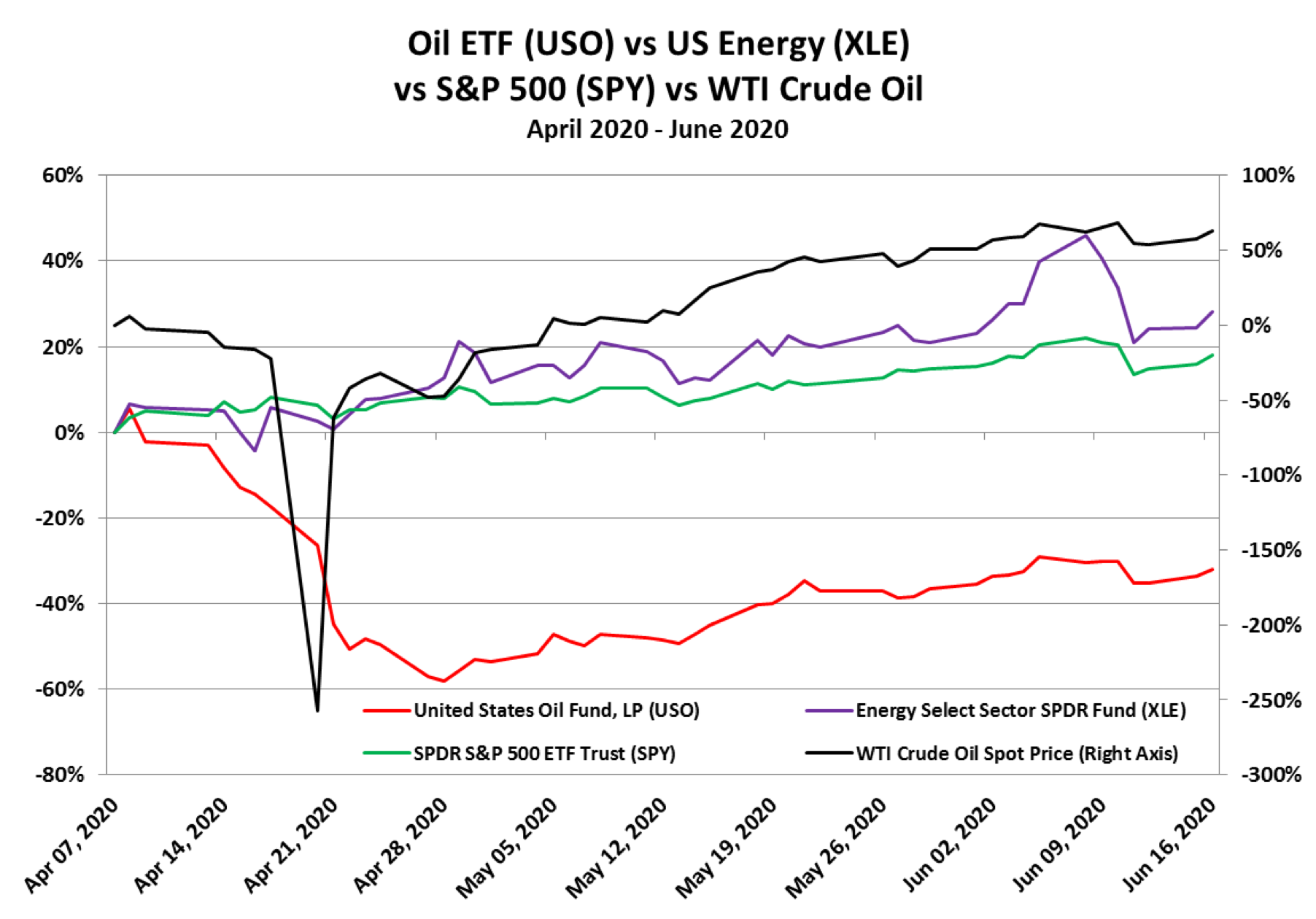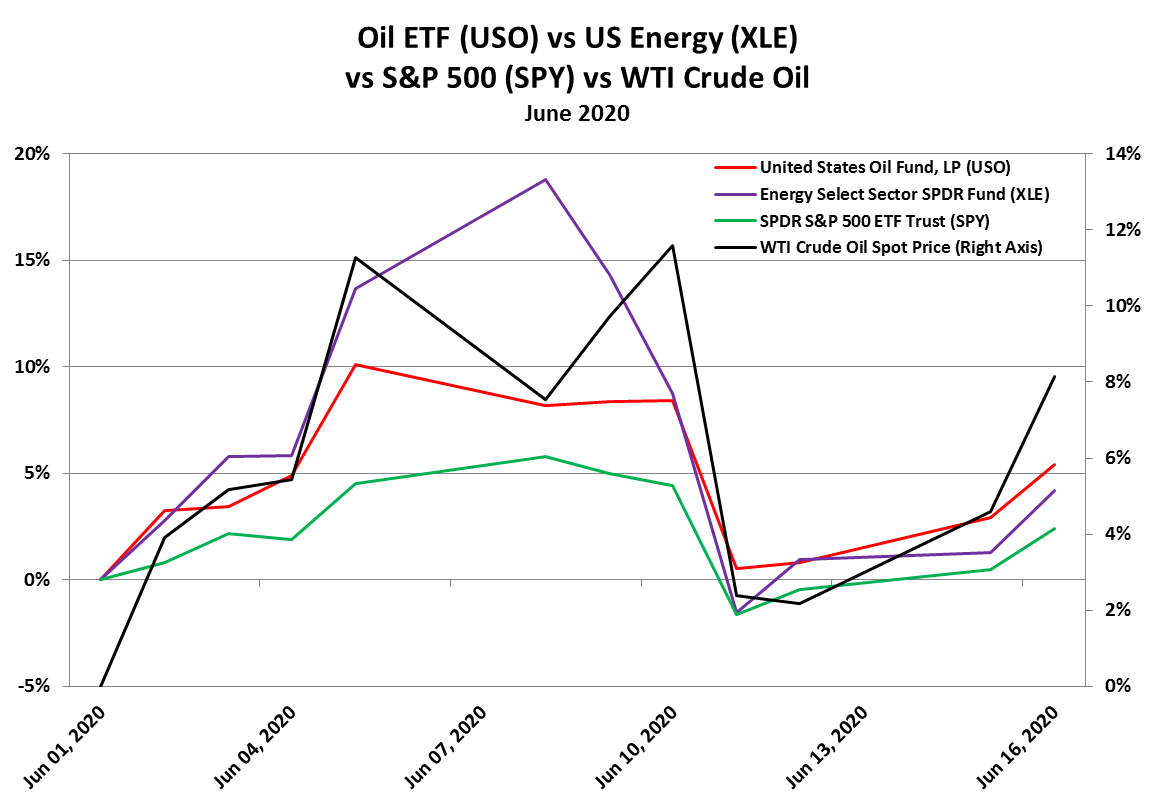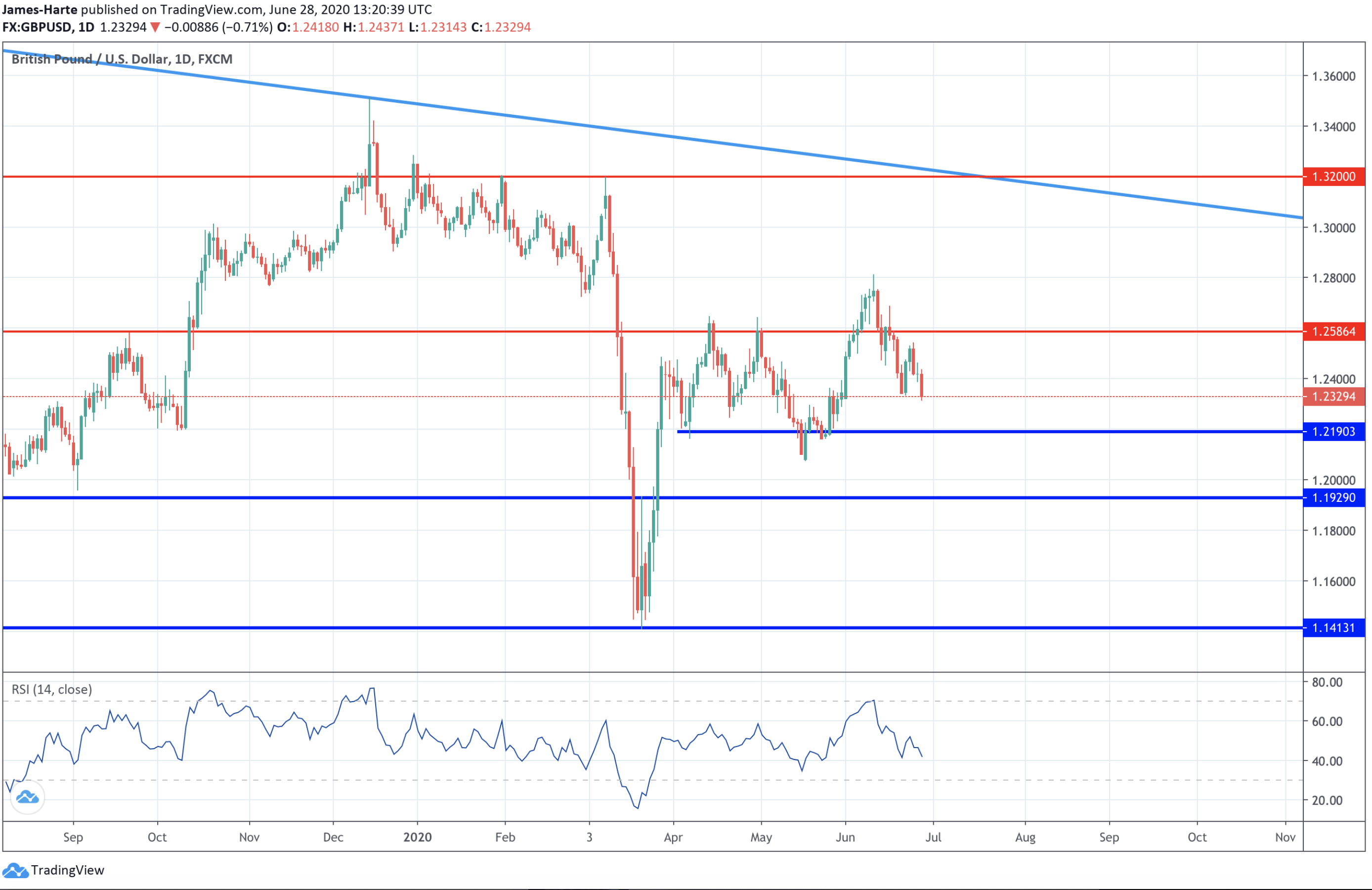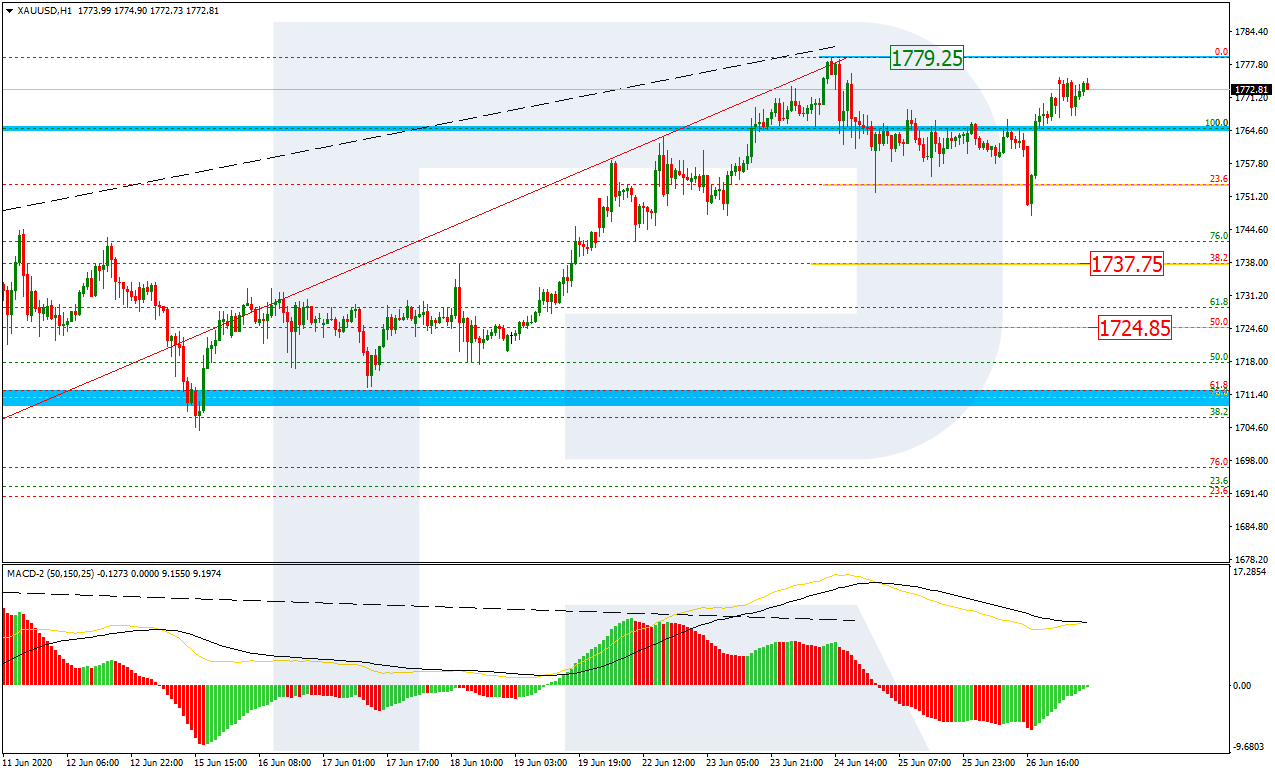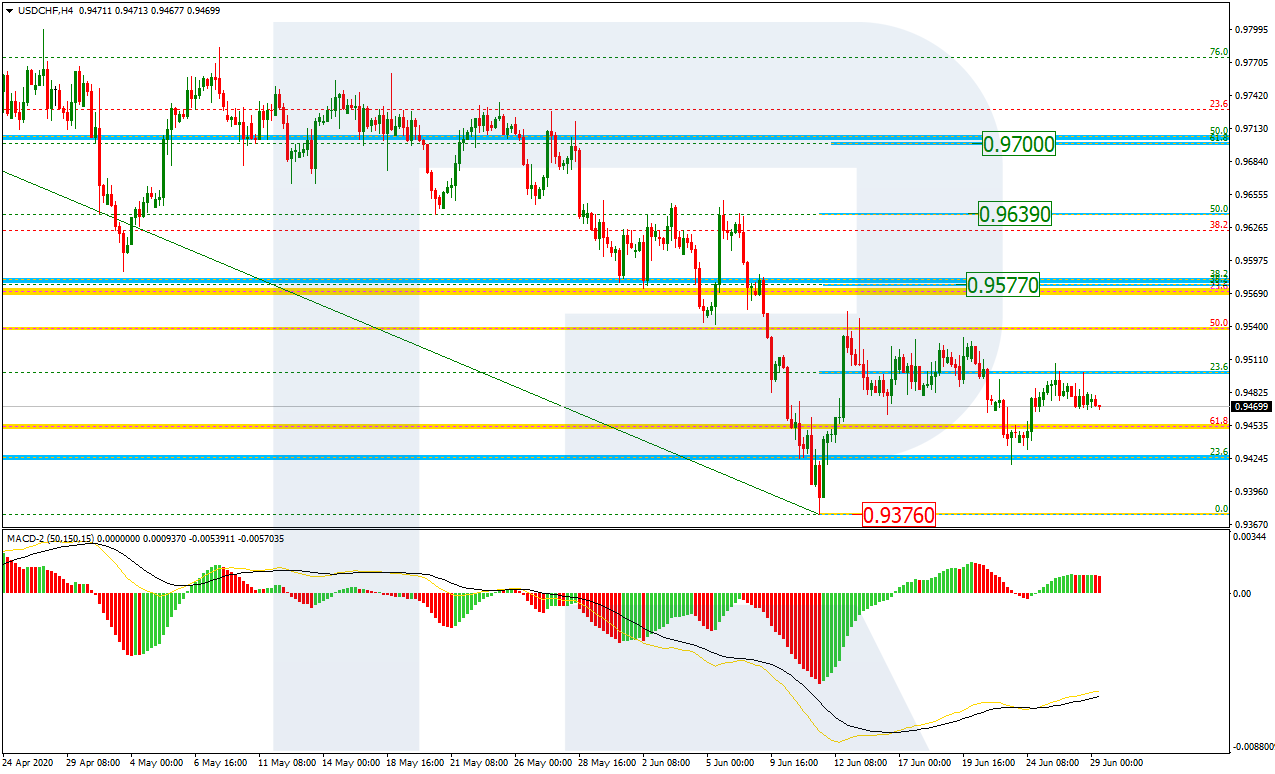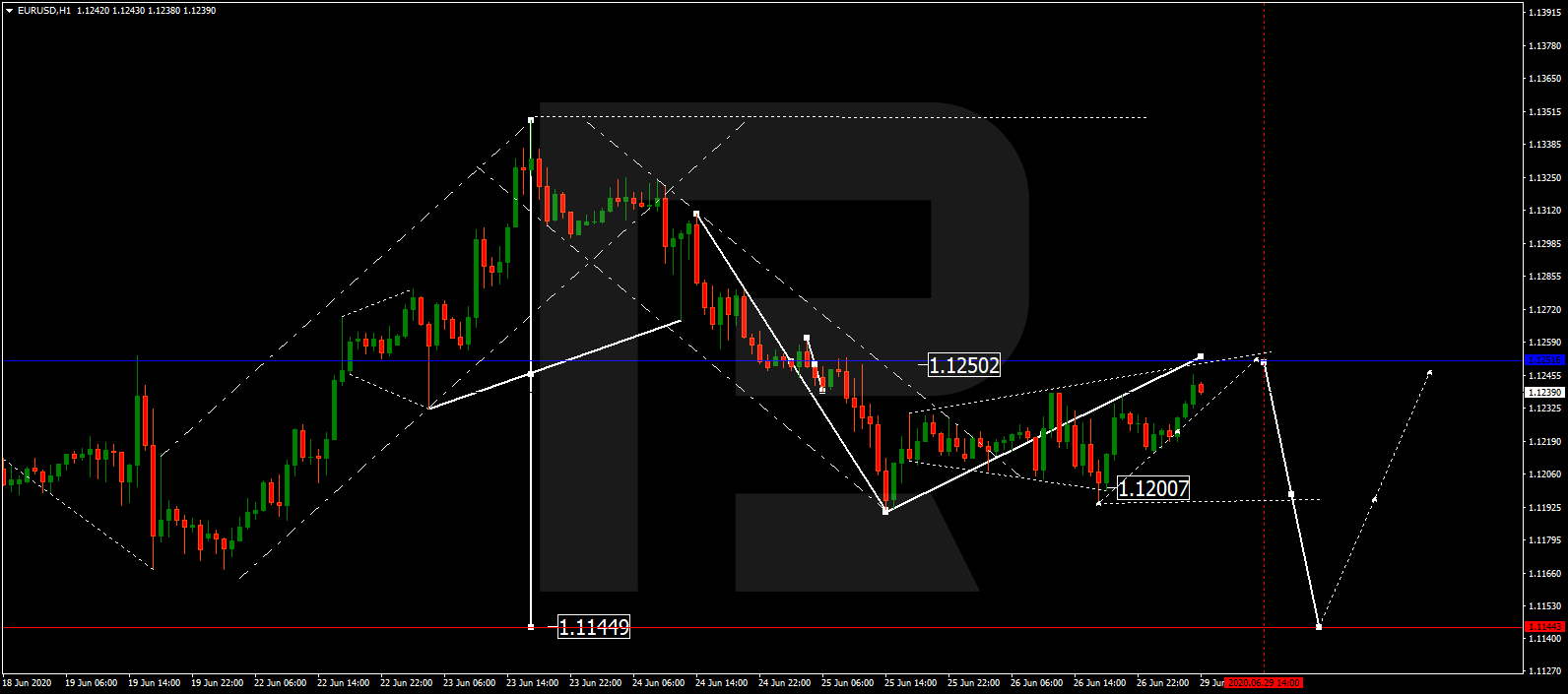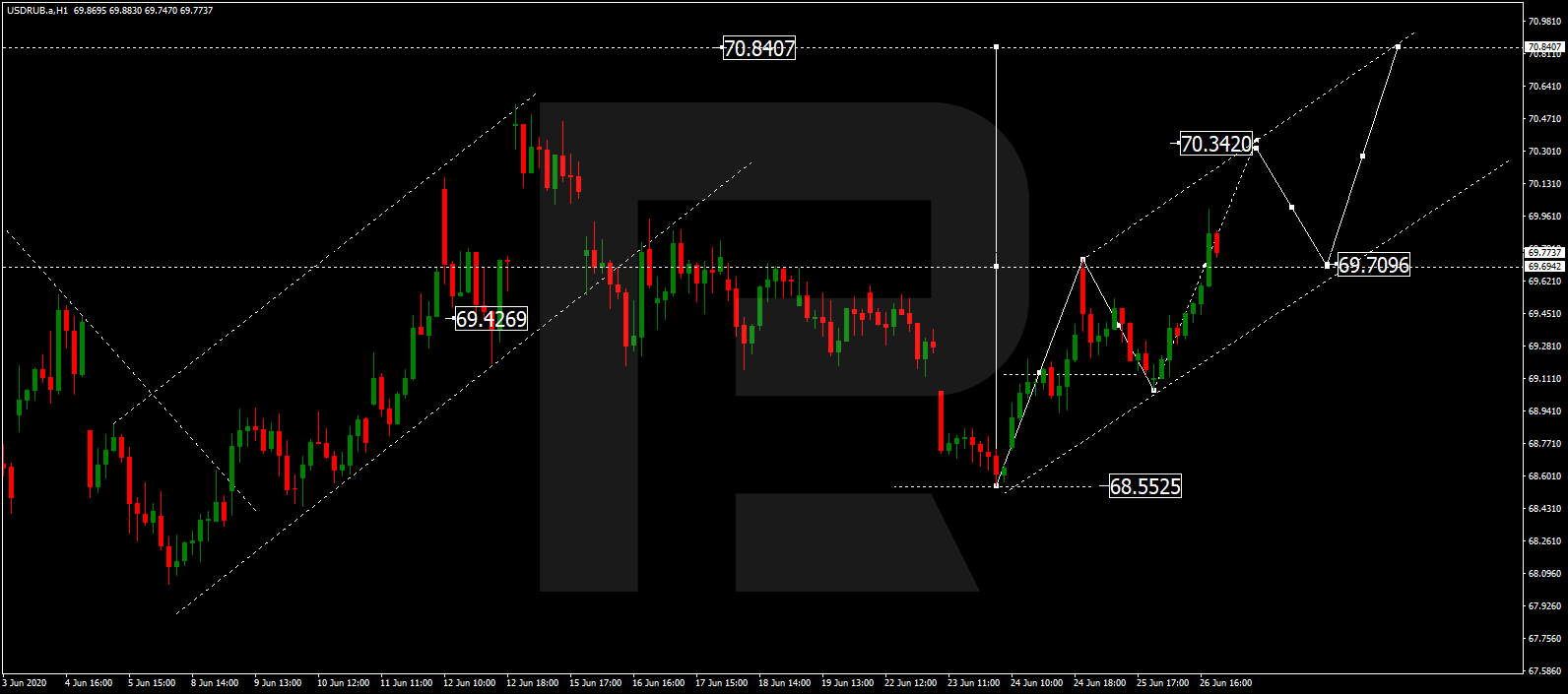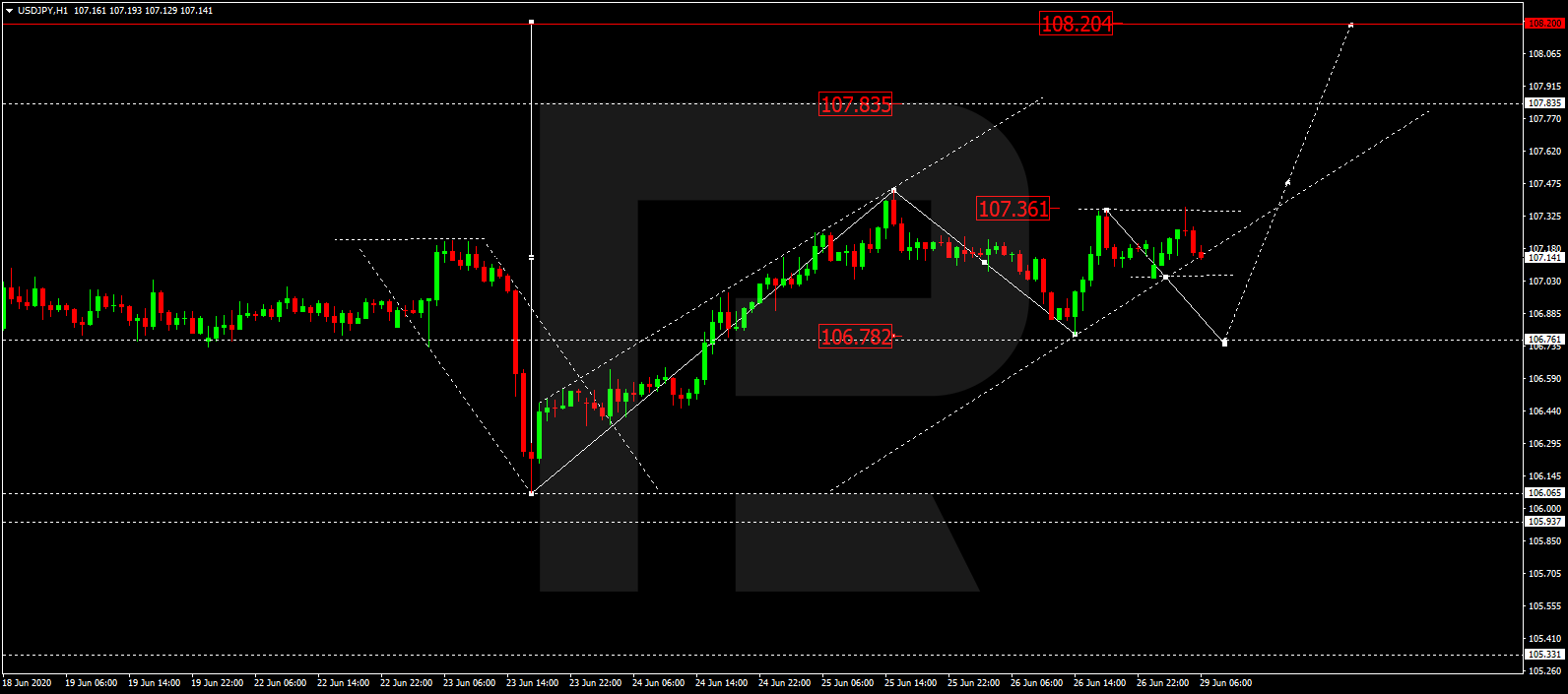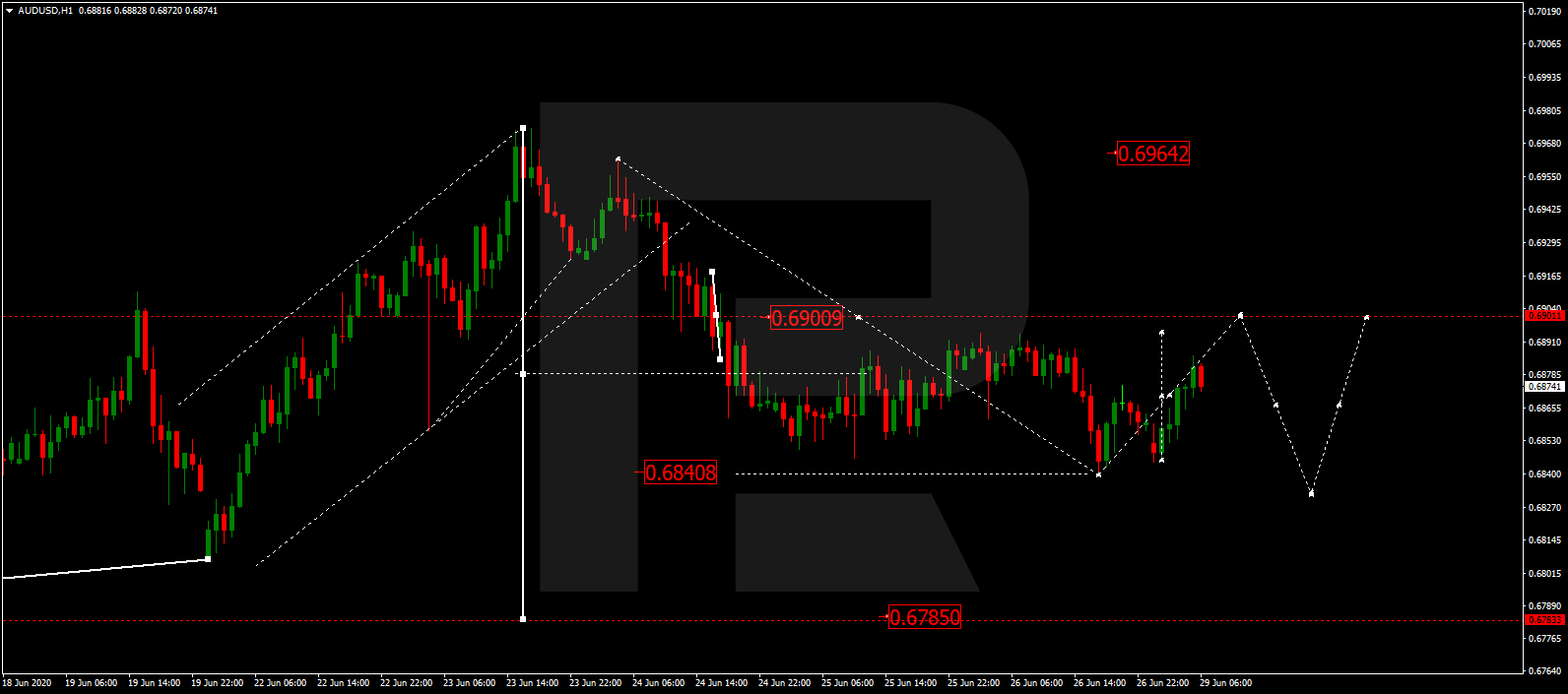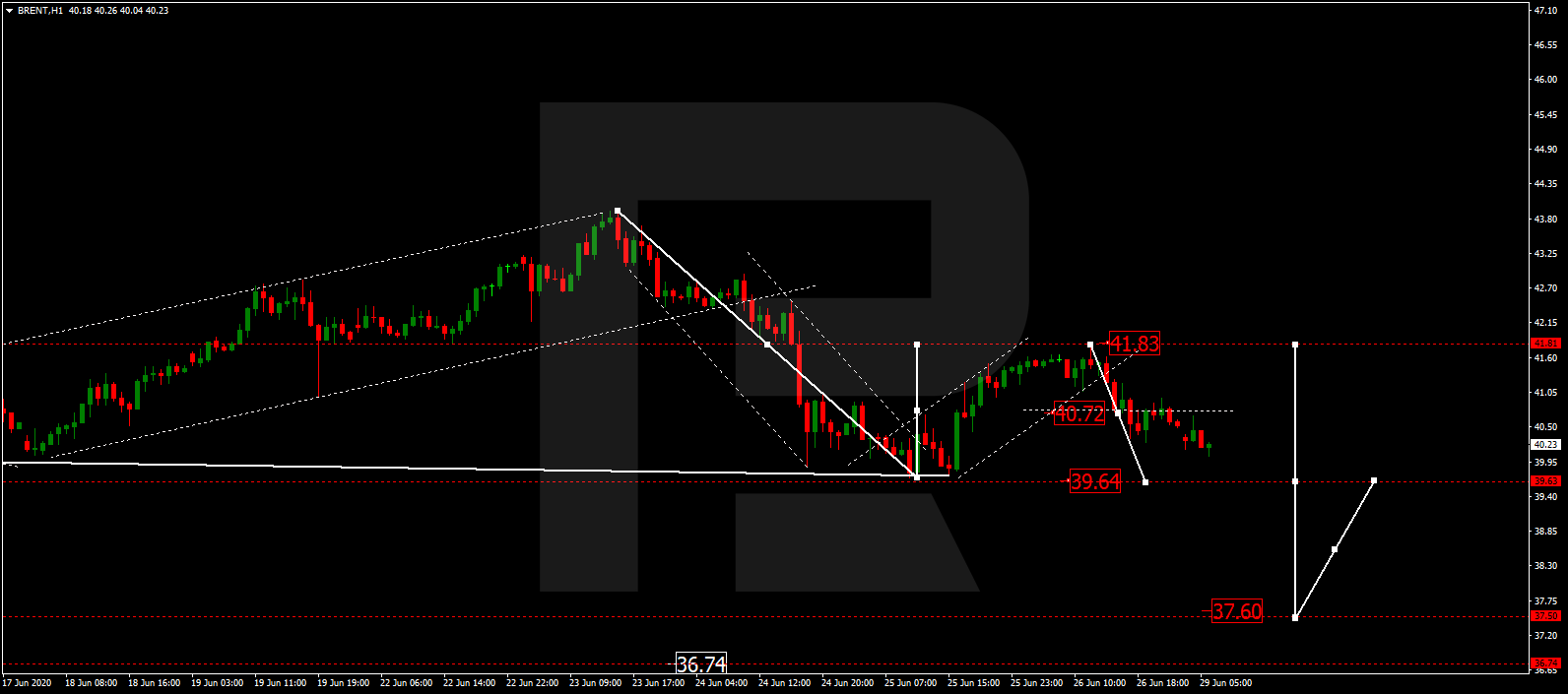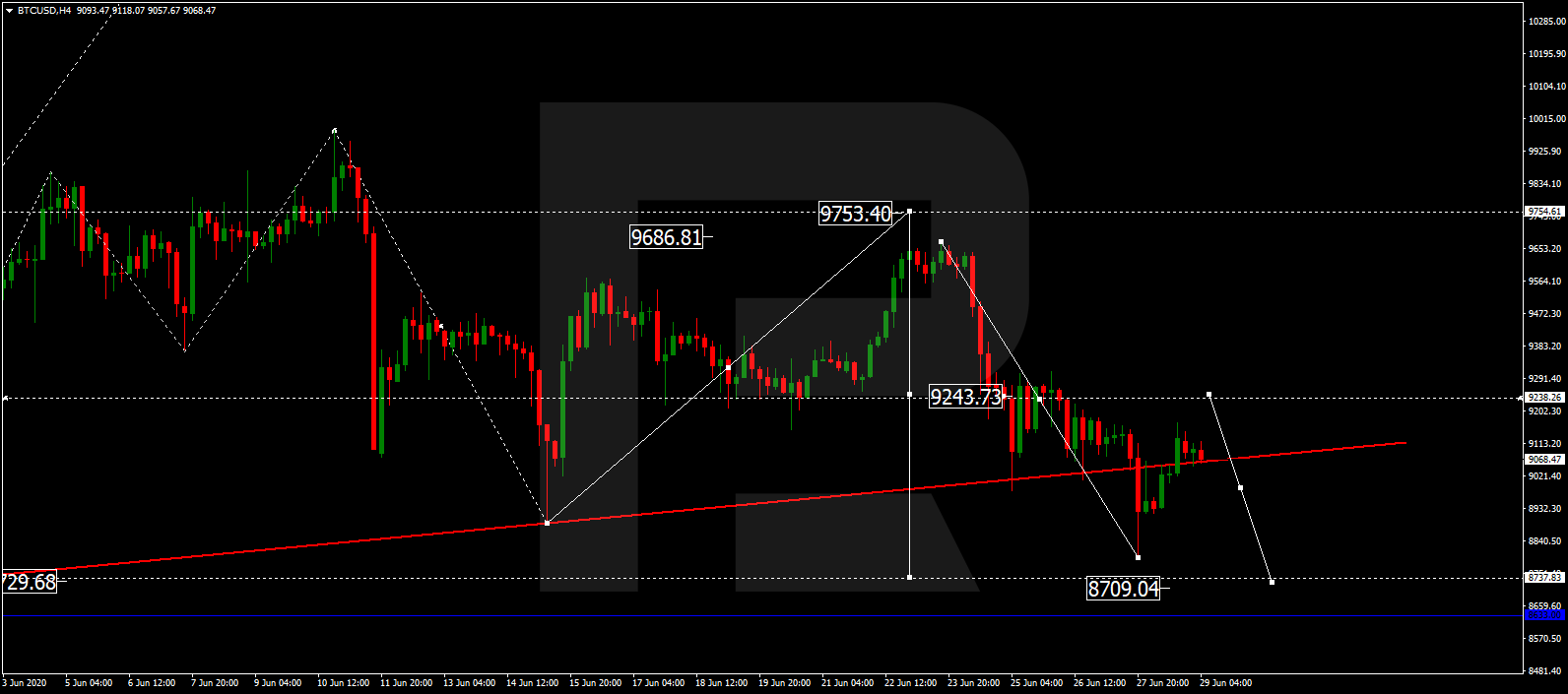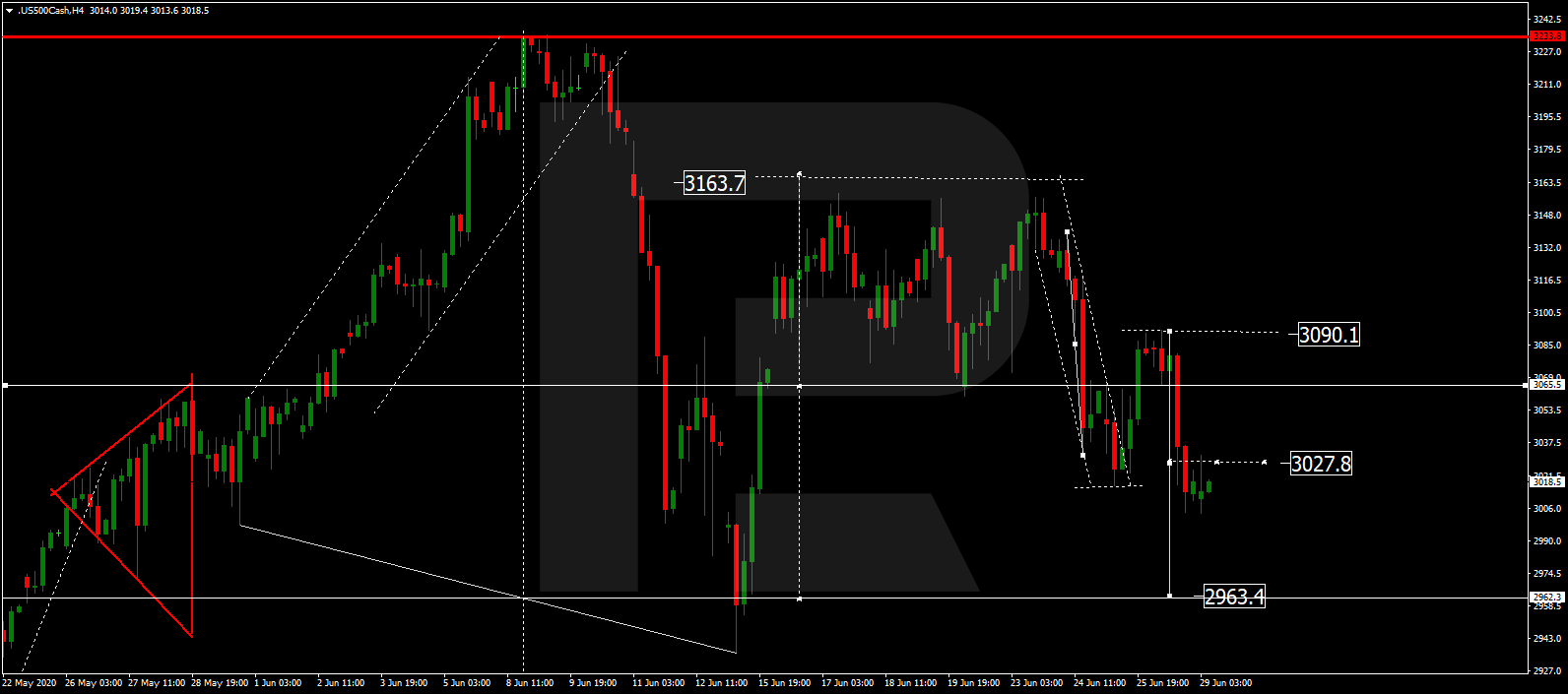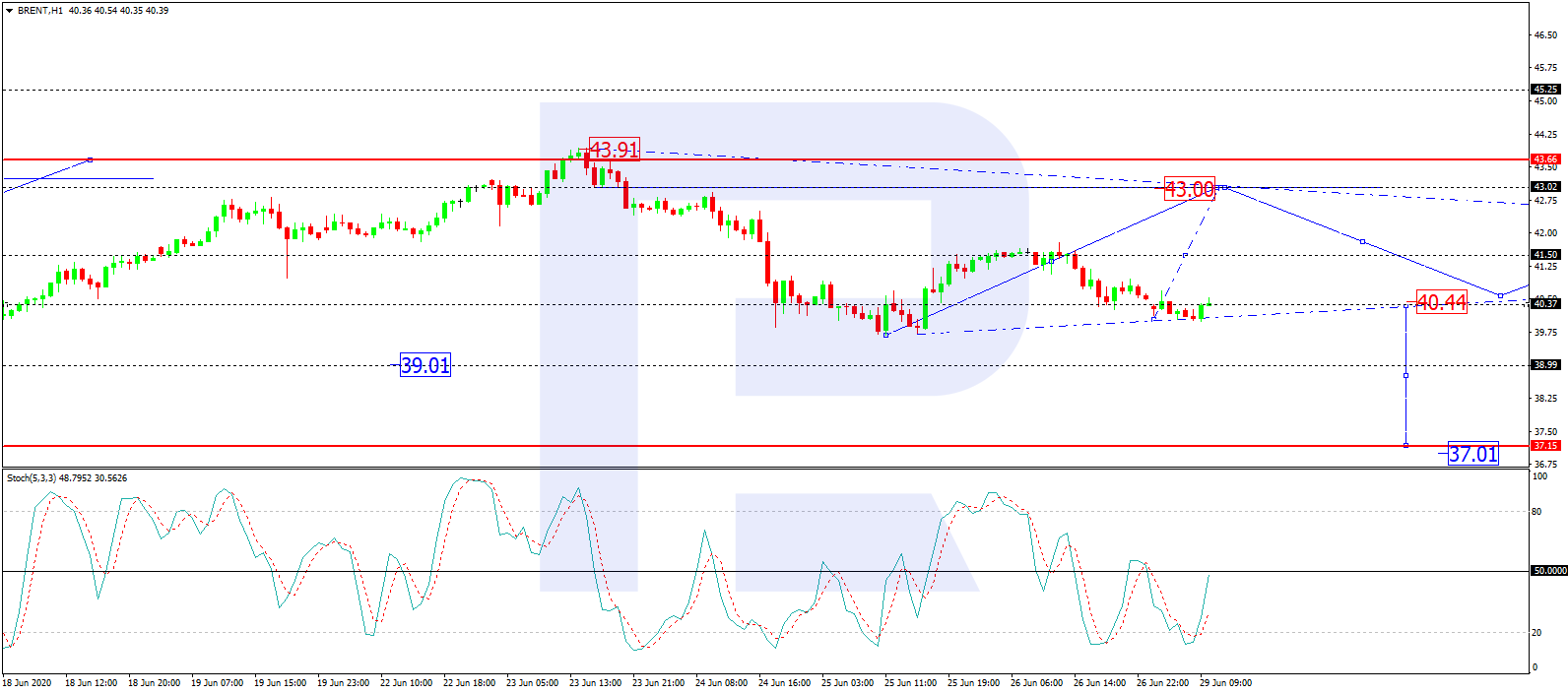By The Gold Report
Source: Streetwise Reports 06/26/2020
A Laurentian Bank Securities report notes Troilus Gold’s new drill results from the final holes of its latest drill campaign demonstrate expansion potential.
In a May 14 research note, Laurentian Bank Securities analyst Jacques Wortman wrote that new drill results from the Southwest Zone (SWZ) of Troilus Gold Corp.’s (TLG:TSX; CHXMF:OTCQB) Troilus project in Quebec “demonstrate expansion potential to the northeast and returned high-grade intervals, characteristic of the company’s geological model and consistent with mineralization in the past-producing Z87 pit.”
These new results, which Wortman presented in his report, are for the last six of Troilus Gold’s 11-hole, 6,000 meter (6,000m), phase 2, Southwest Zone drill program. Phase 1 encompassed seven holes.
Overall, the new findings underscore the “presence and importance of high-grade gold,” the analyst wrote, not only at Southwest but also on the Troilus property as a whole. They also support the company’s geological model that “highlights the trend for high-grade intercepts within broader disseminated mineralized zones related to fold and shear patterns that create high-grade traps,” added Wortman.
He listed some of the best assays of the batch, which come from three of the holes. TLG-ZSW20-181 returned 13.28 grams per ton (13.28 g/t) gold equivalent (Au eq) over 1m within a broader intercept of 1.18 g/t Au eq over 21m.
TLG-ZSW20-186 showed 16.1 g/t Au eq over 1.1m, 1.33 g/t Au eq over 5m and 1.43 g/t Au eq over 5m. TLG-ZSW20-190 demonstrated 46.4 g/t Au eq over 1m.
“We are encouraged by the presence of the high-grade gold traps at the SWZ,” Wortman said. “While some of these structures could potentially be accessed by open-pit mining, there is the potential that deeper mineralization will require underground mining methods, consistent with the resource base at the Z87 and J Zones.”
Troilus Gold is expected to announce sometime this month or next a resource estimate for the Troilus project, which will incorporate all of its recent Southwest Zone drill results.
Laurentian rates Troilus Gold a Buy and has a CA$3.50 per share price target on the stock. The current share price is about CA$0.98.
Read what other experts are saying about:
Sign up for our FREE newsletter at: www.streetwisereports.com/get-news
Disclosure:
1) Doresa Banning compiled this article for Streetwise Reports LLC and provides services to Streetwise Reports as an independent contractor. She or members of her household own securities of the following companies mentioned in the article: None. She or members of her household are paid by the following companies mentioned in this article: None.
2) The following companies mentioned in this article are billboard sponsors of Streetwise Reports: Troilus Gold. Click here for important disclosures about sponsor fees.
3) Comments and opinions expressed are those of the specific experts and not of Streetwise Reports or its officers. The information provided above is for informational purposes only and is not a recommendation to buy or sell any security.
4) The article does not constitute investment advice. Each reader is encouraged to consult with his or her individual financial professional and any action a reader takes as a result of information presented here is his or her own responsibility. By opening this page, each reader accepts and agrees to Streetwise Reports’ terms of use and full legal disclaimer. This article is not a solicitation for investment. Streetwise Reports does not render general or specific investment advice and the information on Streetwise Reports should not be considered a recommendation to buy or sell any security. Streetwise Reports does not endorse or recommend the business, products, services or securities of any company mentioned on Streetwise Reports.
5) From time to time, Streetwise Reports LLC and its directors, officers, employees or members of their families, as well as persons interviewed for articles and interviews on the site, may have a long or short position in securities mentioned. Directors, officers, employees or members of their immediate families are prohibited from making purchases and/or sales of those securities in the open market or otherwise from the time of the interview or the decision to write an article until three business days after the publication of the interview or article. The foregoing prohibition does not apply to articles that in substance only restate previously published company releases.
Disclosures from Laurentian Bank Securities, Troilus Gold Corp., May 14, 2020
Laurentian Bank Securities Inc. and/or its officers, directors, representatives, traders, analysts and members of their families may hold positions in the stocks mentioned in this document and may buy and/or sell these stocks on the market or otherwise.
The Research Analysts compensation is based on various performance and market criteria and is charged as an expense to certain departments of Laurentian Bank Securities
(LBS), including investment banking.
Laurentian Bank Securities Inc. may, in exchange for remuneration, act as a financial advisor or tax consultant for, or participate in the financing of companies mentioned in this document.
Within the last 24 months, LBS has undertaken an underwriting liability with respect to equity securities of, or has provided advice for a fee with respect to, this issuer.
The Analyst has visited material operations of this issuer.
This issuer paid a portion of the travel-related expenses incurred by the Analyst to visit material operations of this issuer.
To access Laurentian Bank Securities’ regulatory disclosures, please click here.
( Companies Mentioned: TLG:TSX; CHXMF:OTCQB,
)

